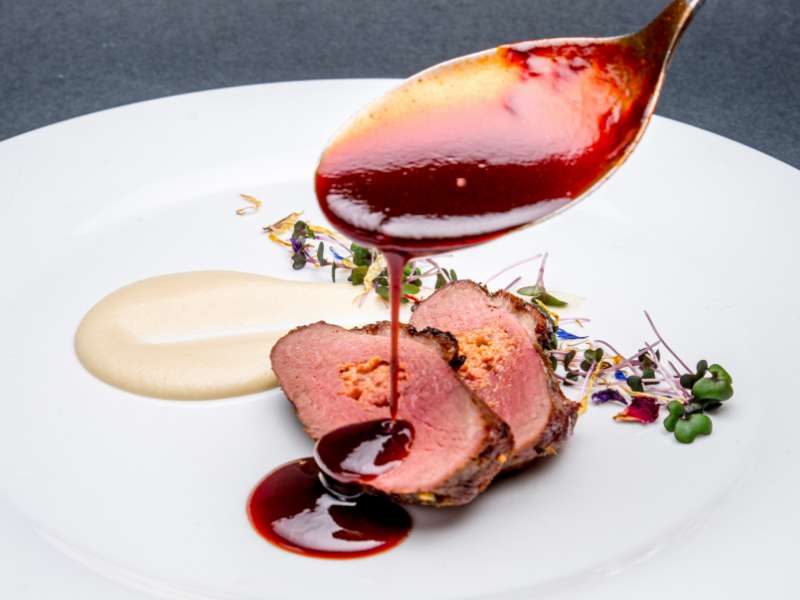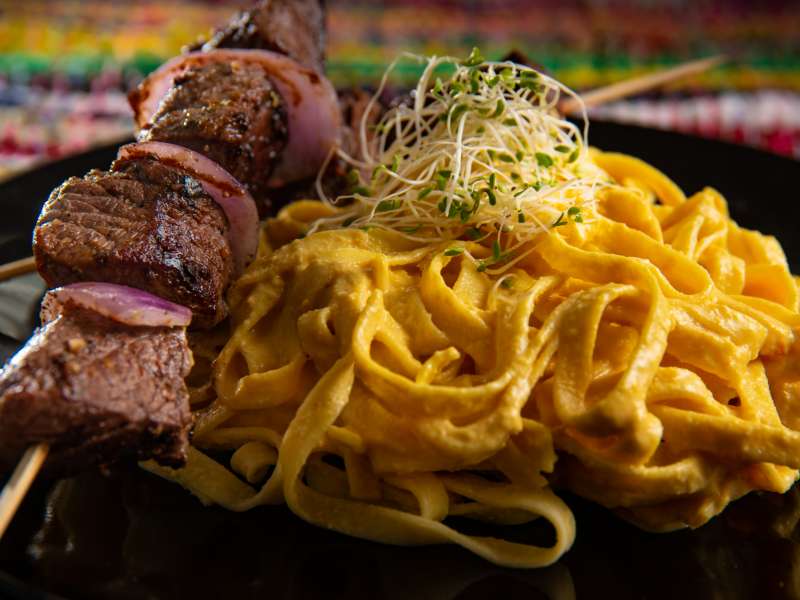For the fifth year in a row, the Mediterranean diet has been named the best of 40 diets compared by US News & World Report.
With its emphasis on vegetables, grains, fish, and fruit, the Mediterranean diet is believed to improve heart health and lower the risk of diabetes and some cancers. But what is the diet, and how can you work the cuisine into your menu?
What is the Mediterranean Diet?
Unlike strict diets like Whole 30 or Keto, both of which scored lower in the study, the Mediterranean diet emphasizes a healthy way of life rather than a specific set of rules. Whole foods are favored over processed foods, and red meat and sugar are avoided but not forbidden.
Vegetables - The cornerstone of the Mediterranean diet, vegetables should be the star of the plate. Elevate the vegetables on your menu beyond the humble side dish, making them the focus of an entire meal. Vegetables such as cauliflower and eggplant are substantial enough to build a dish around. Use extra virgin olive oil, spices, and fresh herbs to prepare them in the Mediterranean style.
Grains - Ancient grains like farro, quinoa, and spelt are popular on this diet. This category of grains delivers more protein, fiber, and vitamins than the more refined, modern grains, and they’re a great base for a meal because they create a feeling of fullness. Farro is a great, versatile grain that’s chewy and nutty. It can be treated like pasta or rice, and it handily soaks up sauces and broths, enriching the grain with even more flavor.
Fish - The Mediterranean diet favors omega-3 rich fish like salmon, herring, and sardines. Because tinned fish is so popular right now, it might be a good idea to play around with tinned sardines on your menu — they are perfect for the Mediterranean diet, they’re shelf-stable, and they’re low-cost. Sardines with fennel and olive oil or grilled sardines with spicy tomato sauce are both healthy, low-cost apps to consider adding to your menu.
Fruit - Rather than sugar-sweetened desserts, this diet opts for fresh fruit to end a meal. To apply this to your menu, combine peak-season fruit with herbs, spices, and nuts, and sweeten naturally with honey. A simple plate of perfectly segmented citrus with fresh mint, toasted Marcona almonds, and a drizzle of honey is the perfect way to end a meal on the Mediterranean diet.
Eat Together & Stay Active
The Mediterranean diet is more than a list of restricted or permitted foods. It’s about a lifestyle that favors being sociable and active. Shared small plates are perfect for this style of eating because they encourage guests to try different things and share, which is essential to the spirit of the lifestyle. Seasonality and variety are also important here, so keep trying new things as you incorporate this diet into your menu.



